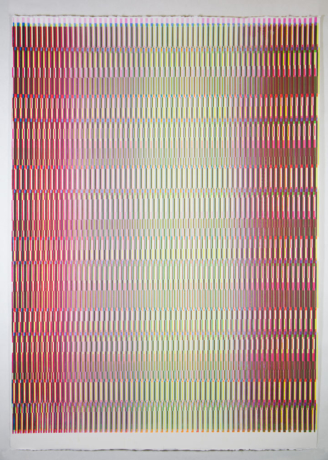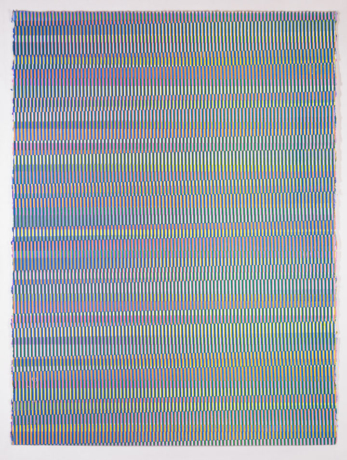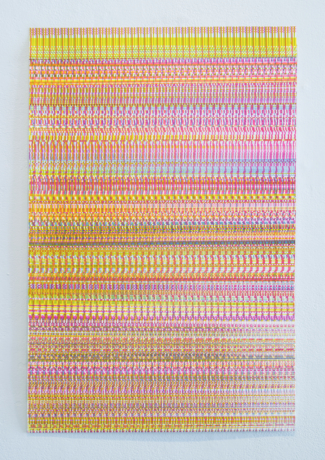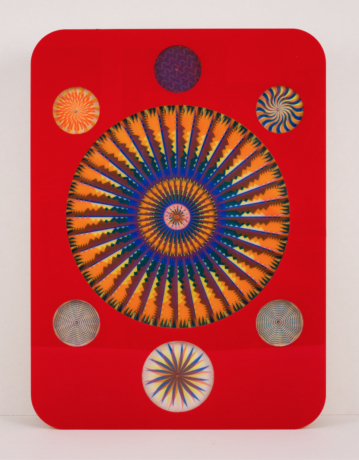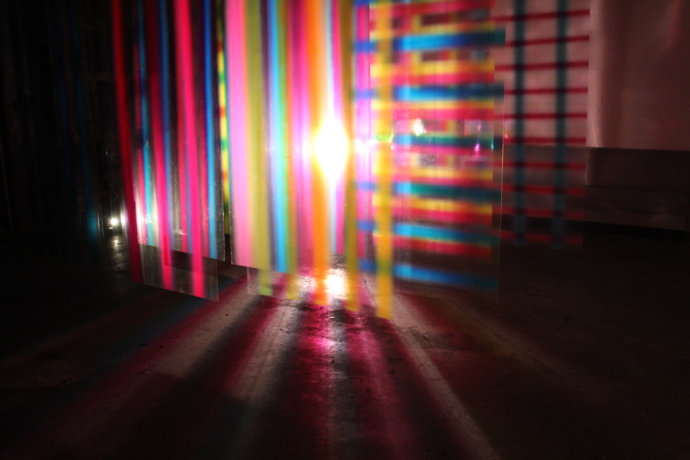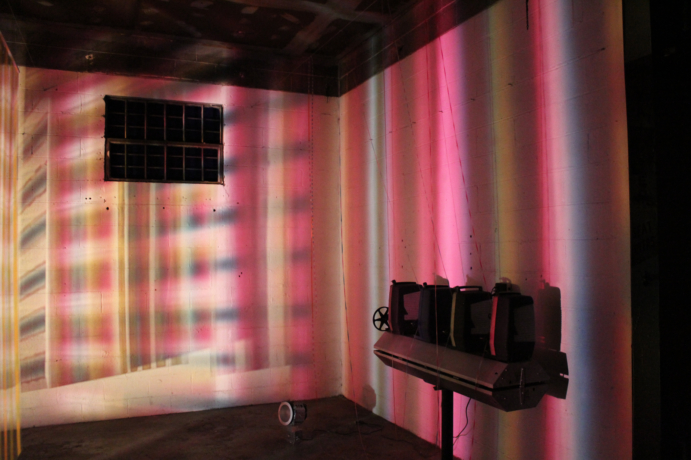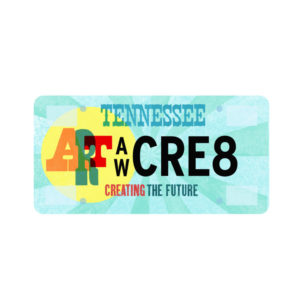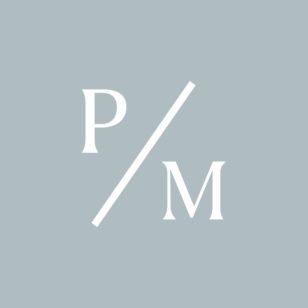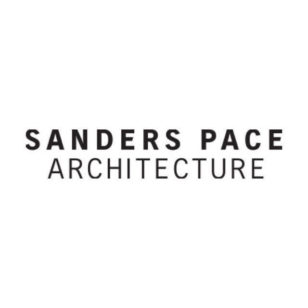BJ ALUMBAUGH
Website
CV
Knoxville, TN | Painting, Sculpture, Mixed Media, Printmaking, Installation
Bio:
Brandon Jess “BJ” Alumbaugh grew up in rural Iowa and did his undergraduate studies at the University of Northern Iowa. He then moved on to work in letterpress and design at Yee-Haw Industries, in Knoxville, TN. He continues to do design and print work in the downtown Knoxville area. Currently finishing up his MFA thesis work at the University of Tennessee, Knoxville, he has been involved in numerous portfolios and publications and continues to show work nationally and internationally.
Statement:
In these recent works, the manufactured image and our common understanding of the mass-produced object are subjects I investigate. Using systems of viewing that we optically understand as the registered color matrix, like CMYK process printing and RGB on the screen, I create works that are void of representative information. This is an attempt to counter the highly registered, calculated commercial print. These systems when used in mass-production are exactly calibrated, and in most cases, their underlying mechanics are invisible to us. I enjoy seeing what happens when these color registration systems are disrupted to reveal what lies underneath, to bring them to a more primitive place. Through experimentation with human error and chance and variable, I’ve found that these highly evolved, codified systems still offer plenty of room for new discovery outside their intended purposes. When broken down, they create new and dynamic visual languages to be experienced in a much different way than their original intent. However, the color shifting and patterns remain intrinsically attached to their mass-produced sources.
